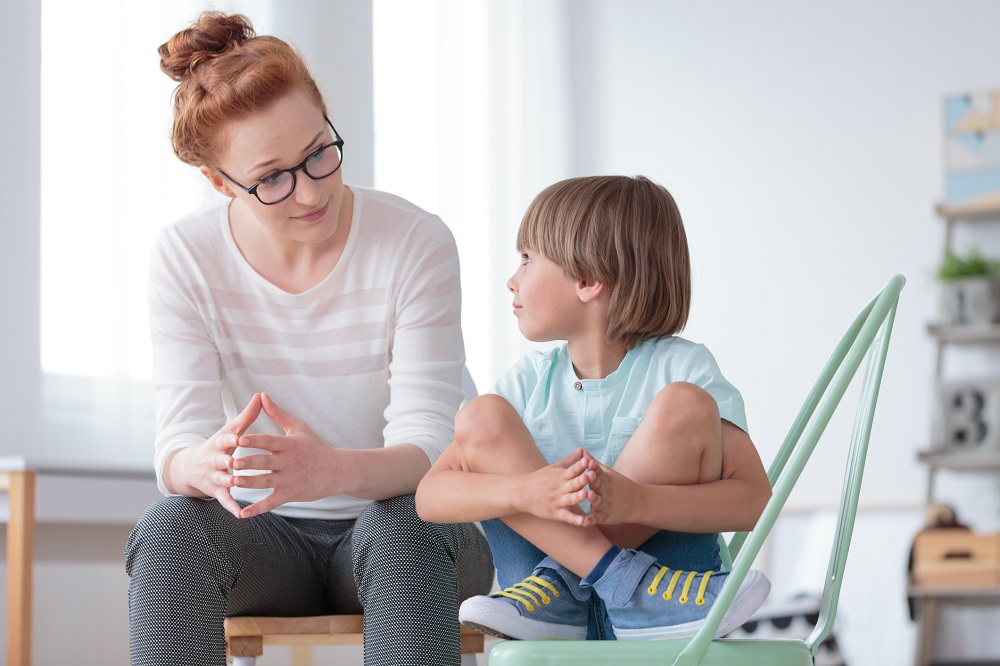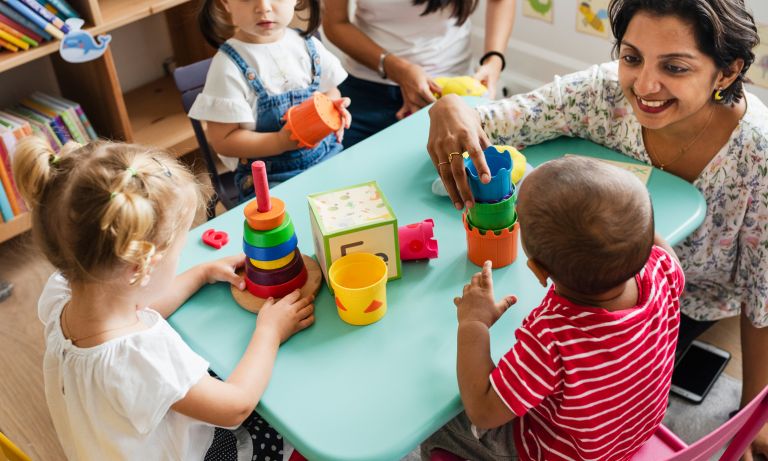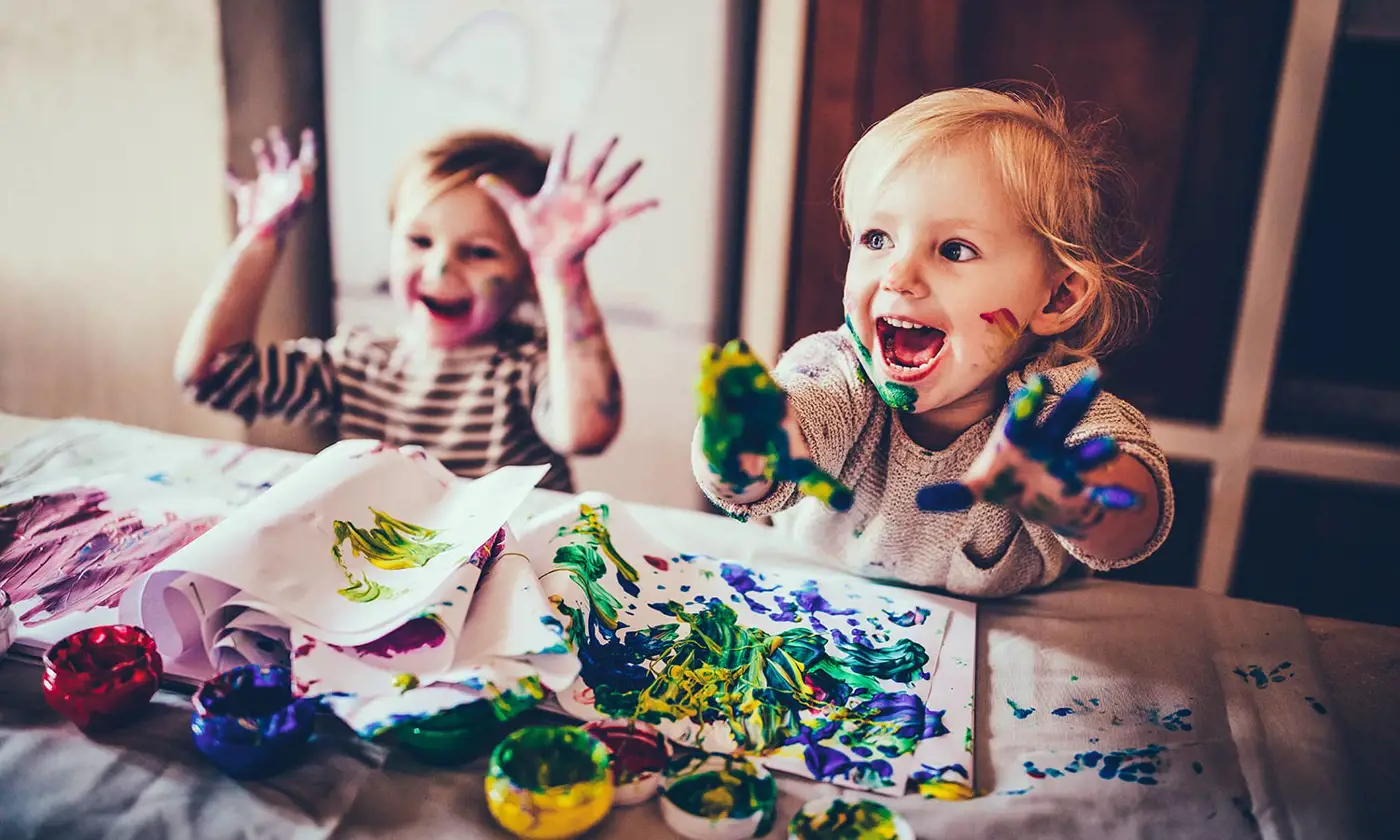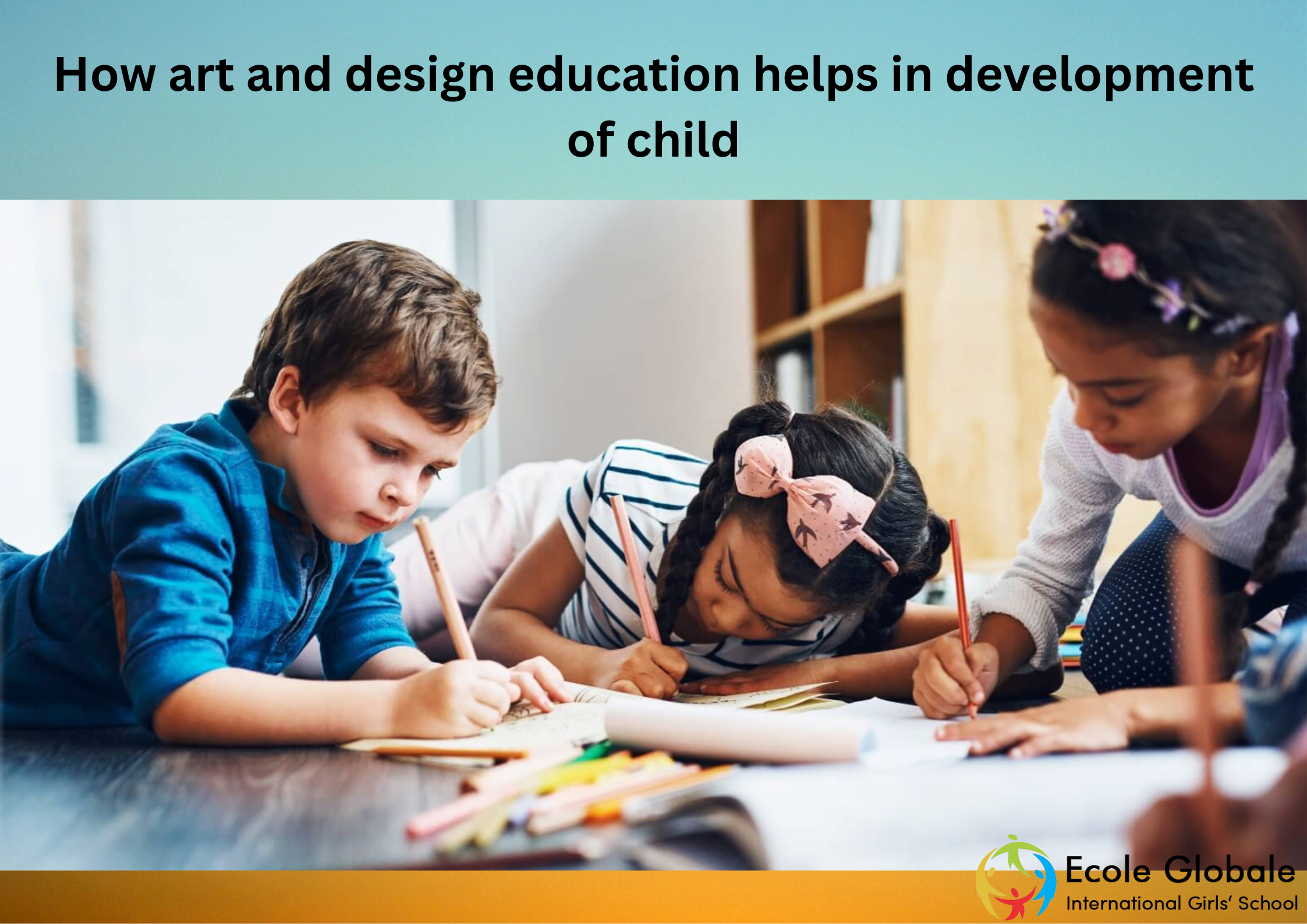The importance of art and design education in the development of a child has been ignored by some. However, recent findings have found that careful teaching encourages emotional development.
There is a reason why art and design education has such a pivotal place in the lives of students. Students who have dreams greater than those of merely getting their hands dirty. As demanding and intensive as it can be, the art and design industry sets some fundamental values including creativity, self-expressionism, and originality. Those same values can also contribute to emotional development.
Help young person express their feelings.

Making choices in the visual arts offers kids a relevant way to say what they think and feel. A child’s emotional development is a crucial part of their growth as an individual. If they don’t learn how to express their emotions or have the opportunity to do so they may struggle with feelings of anxiety and depression later in life.
Children who are taught how to express themselves through art and design education will be able to explore their feelings in a creative way which can be therapeutic for them. They will also learn how to use their imagination, which is an important skill for development.
As per Research Conducted by International Schools in India, Art and design education encourage children to express themselves in a variety of ways. It includes drawing and painting, but it can also include other forms of media- digital art and photography. These skills are valuable for children because they allow them to express themselves in a way that suits them best.
Art and design education help to explore their feelings, emotions, and thoughts through different media. It is a way to express their feelings creatively. Art and design education can be done in many ways- drawing, painting, sculpting etc.
Art teaches discipline

ROLE OF SCHOOLS IN THE SOCIAL DEVELOPMENT OF CHILDREN. Learning to accept feedback is an important life skill. Art also encourages emotional development in children by helping them deal with feelings and express their emotions through art. Art helps children understand their emotions better by creating a safe environment where they can explore their feelings without fear of judgment or criticism. The process of creating something out of nothing can also help a child feel proud of his work when he sees the final product.
The ability to communicate effectively is another aspect that art education helps. It allows children to express themselves through painting, drawing or any other art they choose. This skill is often used later in life as people find ways to express themselves through written words or spoken speeches.
Art and design education has the power to open up our minds and expand our worldview beyond what we are used to seeing. It teaches us how to make sense of things that might seem nonsensical at first glance. It teaches discipline, focus, and how to work in teams.
Help a child see beyond themselves and understand their place in the world
Art and design education can help children develop emotionally and artistically. Art and design projects are usually collaborative, which teaches children how to work as part of a team. By exploring a range of different materials, processes and techniques, children can discover how art and design relate to real life.
Art helps children to express themselves creatively, giving them a voice in a world that sometimes seems too big for them to cope with. Art gives children confidence in their ideas and encourages them to be imaginative, innovative and resourceful. It helps develop problem-solving skills that will be useful throughout life.
The arts are a powerful way to help children develop their emotional intelligence. Emotional intelligence is the ability to identify, assess and manage our emotions and those of others. It is also the ability to use emotional information to guide Behaviour to achieve goals.
Helps a child understand that everyone is unique and special

Making art helps them discover their identity and individuality. It can help students learn to be confident in their ideas. Making an art or designing something helps build self-esteem. Art also teaches children about their uniqueness and encourages them to be confident in who they are. The arts teach children that everyone is different, but this does not mean one person is better than another.
Arts education has been shown to boost self-esteem and confidence levels for students, and improve their ability to communicate effectively with others. It is especially true with the differences in personalities, interests and abilities. But it also extends to physical characteristics such as race or gender identity
In addition, art programs provide opportunities for students to collaborate with others on projects or exercises that require teamwork skills such as communication, organization and cooperation. The ability to work together toward a common goal will benefit children throughout their lives whether they become artists or not.
Encourages playfulness, creativity and imagination

Art and design education is about getting your child to think outside the box. It teaches them to look at things from different perspectives, to see things from different points of view, and to come up with creative solutions to problems.
- Playfulness: Art helps children learn how to play with ideas, materials and tools. Children learn what works and what doesn’t through trial and error. They also learn how to problem solve by trying different approaches until they find one that works for them.
- Creativity: Art encourages creativity by allowing children to express themselves freely through drawing or painting. Children can express their feelings visually, which allows them to better understand how they feel about something or someone.
- Imagination: Art fosters imagination by giving children the opportunity to create something from nothing or bring an idea into reality through working with materials like clay or wood. Children can explore their creativity and other artists’ work to expand their minds on different possibilities for art making.
Help build problem-solving skills.

Art teaches kids that complex problem-solving purposes are seldom fixed and that questions often arise where no immediate answers are available. The purpose of art and design education is to help children develop the skills they will need in the future. The curriculum focuses on conceptual development, problem-solving, self-expression and communication skills.
The arts are an important part of education because they help the emotional development of a child. The arts act as a form of therapy that allows students to express themselves through creative outlets instead of acting out their emotions in other ways. Art is also a great way for students to build their problem-solving skills. For example, when students are learning about perspective drawing and how it works, they have to figure out how to draw objects from different angles based on what they see before them.
Art education also teaches children how to work collaboratively with others on projects that require cooperation and compromise. The arts offer unique opportunities for children to engage in creative experiences that can lead to learning about other topics such as math, science and history.
Conclusion
Art and design education are not just about making things. It’s also about understanding how, why and where we make them, who we make them for and what happens to them after they are made. It’s about questioning the status quo and finding new ways of doing things.
Art and design education is not only beneficial to a child’s cognitive development but also plays an important role in their emotional development. It helps build problem-solving skills and self-confidence and encourages creativity.
For any queries related to parenting, schooling, or any student-related tips, click here to check out our latest blogs.







